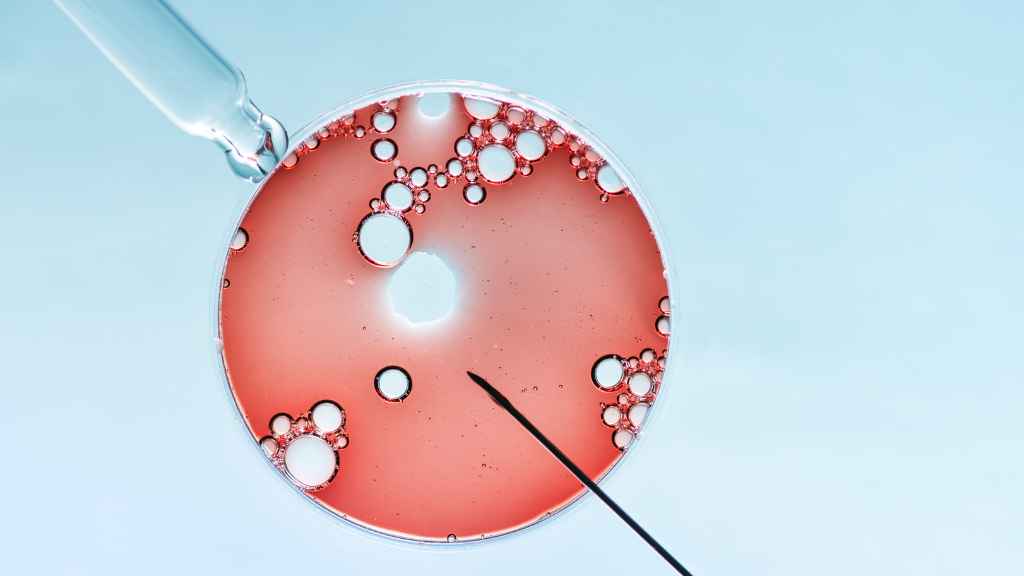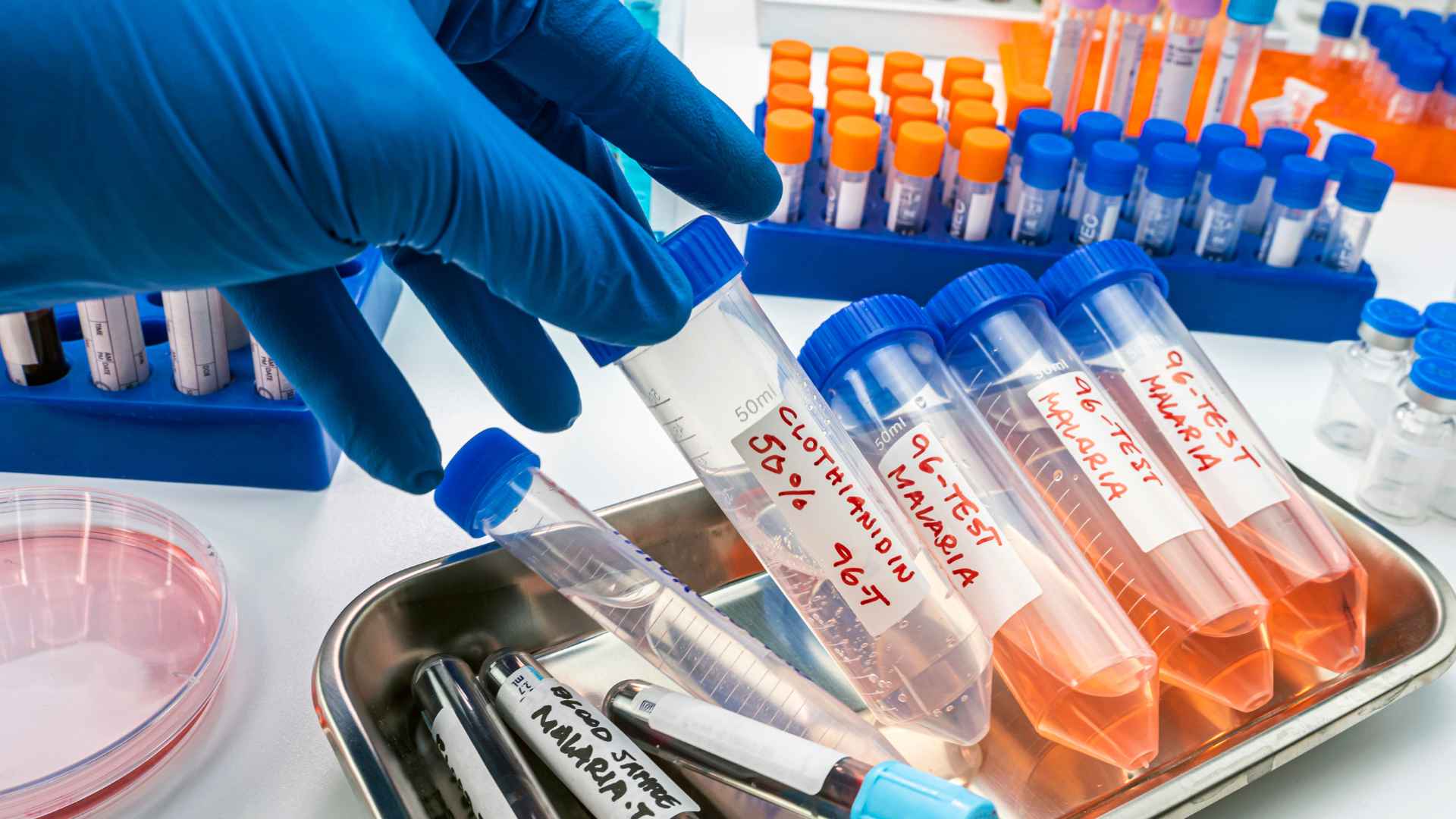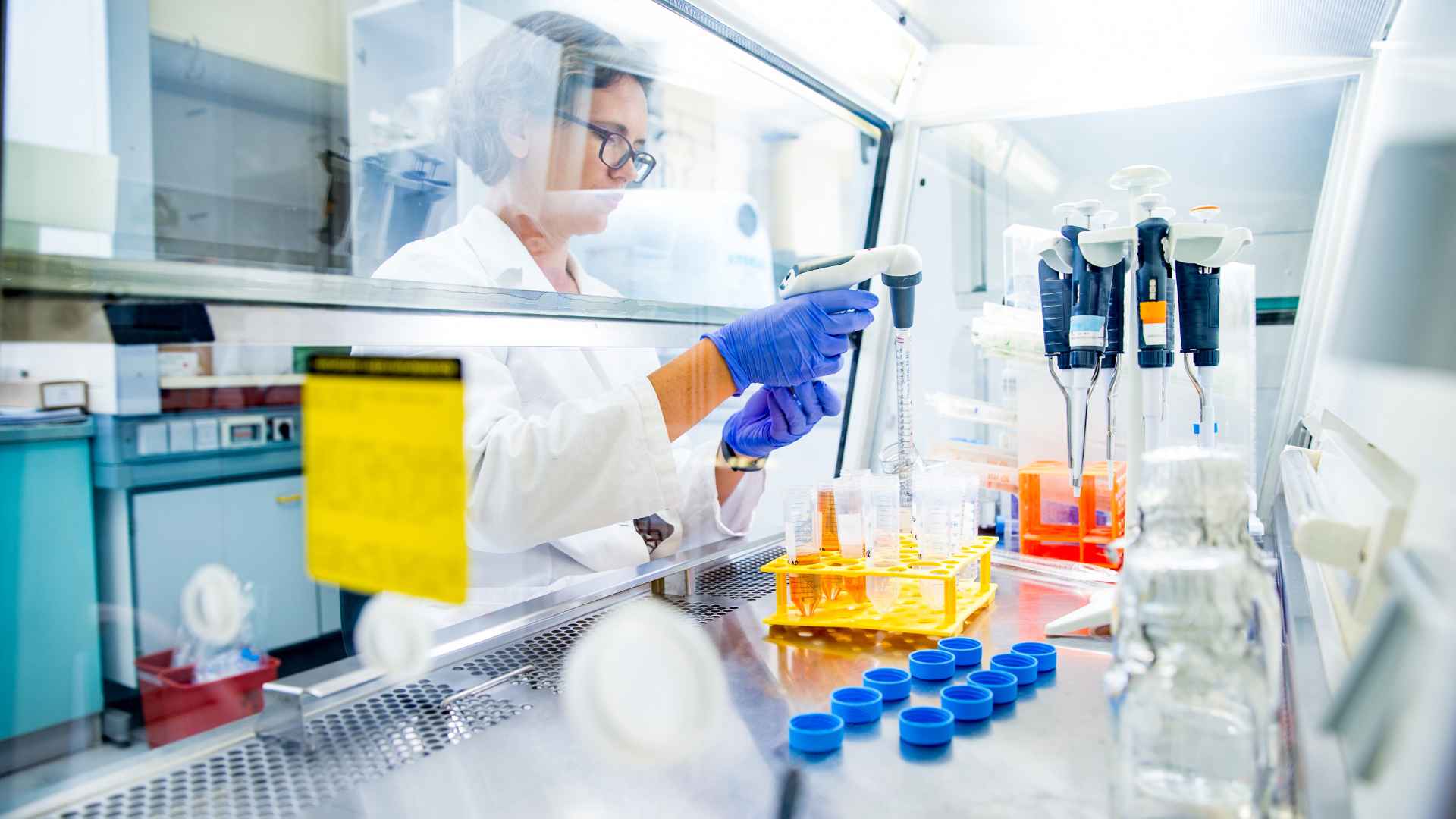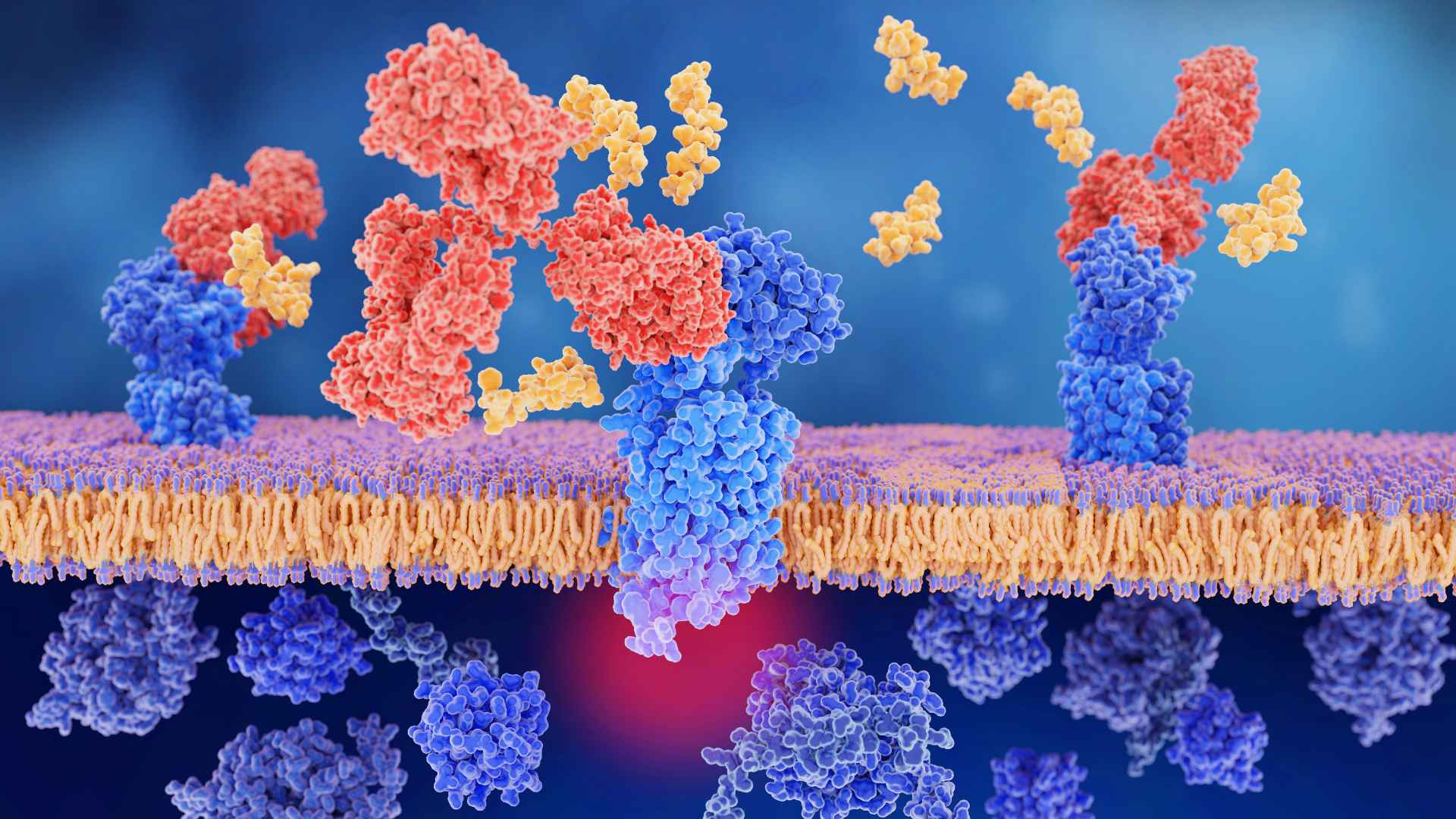BBB is a highly selective semipermeable border formed by microvascular endothelial cells found in the brain, which communicate with other CNS cells (astrocytes and pericytes) and respond accordingly to pathological environments to regulate cell function and disease development.
The BBB is responsible for maintaining central nervous system homeostasis by preventing toxic or harmful molecules from entering the CNS, transporting nutrients to the brain, and eliminating metabolites. There are several disorders related to the brain, such as Neurological-HIV, strokes, brain tumours, and other neurodegenerative diseases which cause the BBB to be more permeable. In contrast, the semipermeable BBB restricts the movement of larger molecules, including drugs and proteins (>500 kDa), which contributes to minimal drug absorption into the CNS. The most challenging aspect of developing therapeutics for CNS neurodegenerative disorders lies in this issue. While the dynamic and adaptable characteristics of BBB influence the delivery of drugs to the CNS and promote disease progression, a comprehensive understanding of the composition and functions of BBB provide a platform for the development of novel innovative approaches to drug delivery to the CNS. Numerous in vitro models of the BBB have been developed and advanced because of methodical and scientific interest in the BBB’s physiology and pathology.
Physiological relevance of an in vitro BBB model depends not only on the cells expressing BBB markers, but also on their ability to form the right junctions, ensuring barrier integrity.
DA-TA Biotech provides clients with a three-dimensional blood-brain barrier model by cultivating brain endothelial cells and stratified pericytes and astrocytes. The model improves tight junction formation and polarization of endothelial cells. Improved development of endothelial cell contacts is essential. The development of these conditions mimics the in vitro model of BBB. Using these models, drug screening campaigns can be supported, as well as questions about the mechanisms of neurodegenerative diseases. Compounds can be studied both for their transport across the barrier as well as their effect on the structure and function of the BBB using this service.
In addition we can also provide in vivo digestion models in collaboration with BiotechFarm.
Imagine your brain as a high-security fortress. Now, think of the blood-brain barrier (BBB) as its elite security team, working 24/7 to keep threats at bay while ensuring vital supplies get through. For years, we’ve tried to understand this complex defense system with traditional methods—until now. With Advanced 3D Blood Brain Barrier Models, we’re revolutionizing our approach.
This isn’t just another scientific breakthrough; it’s a game-changer for anyone intrigued by the human brain or battling neurological conditions. You’ll see how these models open doors to untapped potential in drug delivery and disease treatment that were once firmly shut.
By diving into this post, you’ll grasp how cutting-edge science is mimicking one of nature’s most intricate barriers—and why that matters more than ever before.
Exploring the Blood-Brain Barrier and Its Critical Role in CNS Homeostasis
The blood-brain barrier (BBB) isn’t just some biological fence—it’s the bouncer of your brain, deciding who gets in and who doesn’t. This highly selective semipermeable border is made up of microvascular endothelial cells that call the shots on what substances can enter your central nervous system (CNS). But why so picky? Because balance is key—maintaining CNS homeostasis means keeping those nerve partygoers inside safe from unwanted guests like toxins or pathogens.
The Unique Properties of the BBB
Imagine a fortress with walls high enough to touch the sky—that’s kind of what we’re dealing with when it comes to the unique properties of this brain barrier. It’s not letting anything through unless it absolutely trusts it. Think about how essential this is; without such selectivity, harmful substances could waltz right into sensitive areas causing havoc within our mental command center.
This gatekeeper does more than just protect; it also serves as a communication hub for other central nervous system cells. Through intricate signaling pathways, these cellular chats help regulate cell function and keep everything running smoothly upstairs. And let’s face it—we all want smooth operations when it comes to our noggins.
The BBB’s Communication with CNS Cells
But wait, there’s more. The BBB isn’t flying solo here—it teams up with astrocytes and pericytes like they’re part of an elite squad designed to keep things tight at club Brainiac. Together they make sure every neuron rave stays under control by communicating closely among themselves because nobody wants an out-of-hand glial cell gala spilling into Monday morning meetings.
Astrocytes bring snacks and clean up spills while pericytes are those behind-the-scenes heroes making sure structural integrity holds steady even if things get wild—a true testament to teamwork in maintaining overall cerebral orderliness.
The Challenge of Drug Delivery Across the Blood-Brain Barrier
Fancy meds have got nothing on this physiological marvel—their molecules might be large but still no match for that selective prowess keeping larger intruders at bay while allowing vital nutrients passage into Fort Cerebrum effortlessly like VIPs past velvet ropes.
Implications for Neurological Conditions
Understanding that diseases can undermine our body’s defenses by increasing permeability is crucial, particularly when we consider conditions like neurological-HIV. It is essential to be mindful of our well-being, as this violation in security can have dire repercussions.
The Challenge of Drug Delivery Across the Blood-Brain Barrier
Think about it: you’ve got a fortress protecting your brain, an intricate network called the blood-brain barrier (BBB). This semipermeable BBB is like a picky bouncer at a club—it only lets certain VIP molecules through. But what happens when we need to get important therapeutic guests past this exclusive velvet rope? That’s where scientists and researchers are scratching their heads—because getting drugs into the central nervous system (CNS) isn’t just tough; it’s a puzzle wrapped in an enigma.
Implications for Neurological Conditions
In comes neurological-HIV or strokes, both causing havoc behind that cerebral door. These conditions can crank up the permeability dial on our BBB, making things leakier than usual—a double-edged sword really. On one hand, there might be room for therapeutics to slip by; but let’s not cheer yet because increased leakage could mean harmful substances throwing wild parties in your brain too. So yes, managing this delicate balance becomes crucial when tackling such dire scenarios.
We see evidence of this tightrope walk with neurological-HIV patients experiencing bbb disruption which can lead to additional complications beyond the initial diagnosis itself. Meanwhile, those suffering from strokes often find themselves facing similar challenges due to abrupt changes in barrier integrity caused by these sudden cerebrovascular events.
Drug Absorption Challenges
Moving on to another roadblock: large molecule logistics—or as I like to call them ‘the big guys’. It turns out these larger molecules have trouble squeezing through that selective membrane lining our brains’ tiny blood vessels. And why does that matter? Well, many potential treatments for neurodegenerative disorders involve exactly these types of bulky agents which means they’re stuck outside looking in unless we find new ways around nature’s strict rules.
This limitation impacts drug efficacy greatly since if medications cannot reach their target areas within CNS effectively then obviously they’re not going very far towards helping anyone feel better anytime soon right?
Research suggests roughly 98% of small-molecule drugs and practically all large biologics are excluded from entering—the odds aren’t great here folks. The stats highlight how significant overcoming limited drug absorption into CNS truly is for developing effective therapies against relentless foes such as Alzheimer’s or Parkinson’s disease.
Advancements In Vitro BBB Models for Research and Drug Screening
Welcome aboard the three-dimensional tour de force—an advanced model simulating human physiology and disease processes. Our cutting-edge platform offers an immersive experience that catapults biomedical research into new realms of possibility. By leveraging our sophisticated platform, collaborating scientists can improve and test potential treatments in an in-vitro model.

Advancements in In Vitro BBB Models for Research and Drug Screening
The brain’s bouncer, the blood-brain barrier (BBB), calls the shots on what gets in or stays out of our noggin’s neighborhood. Modern science is stepping up its game with in vitro BBB models, so we can sneak a peek at this cerebral security system without stirring up trouble.
The Importance of Tight Junctions in BBB Models
If you think about it, tight junctions are like the VIP velvet ropes of your brain’s exclusive club. They keep riff-raff toxins out while letting nutrients cut to the front of the line. To get these doormen right in lab-grown setups, scientists focus on tight junction formation. These cellular links must be snug as jeans after Thanksgiving dinner—because when they loosen up, unwanted guests might crash your cranial party.
We’re not just talking tiny leaks here; loosey-goosey junctions could mean serious business like neurodegeneration knocking at your door. That’s why any model worth its salt needs those junctions tighter than a drum.
And how do we check if these mini-bouncers are holding the line? Enter stage left: sophisticated assays that give us gossip on whether molecules slip through these barriers faster than a rumor spreads at high school.
The Three-Dimensional Model
Welcome to the latest blockbuster—a three-dimensional wonder that has more layers than an onion—and possibly causes fewer tears among researchers. This star-studded cast features human cerebral endothelial cells mingling with astrocytes and pericytes to mimic real-life brain shindigs better than ever before.
In this glitzy world where 2D is passé and 3D reigns supreme, their cutting-edge setup doesn’t flatline when replicating life-like conditions; it pumps out results as authentic as street tacos from a food truck. It takes two (dimensions) to tango but three to salsa—and let me tell you folks, cells are doing some spicy footwork under that microscope.
This isn’t just any old tea party—it’s one where every cell type plays musical chairs until they’ve found their perfect seat around tight junction central—that key player ensuring barrier integrity like Fort Knox guards gold reserves. Research shows this setup nails down a dynamic but stable environment, crucial for maintaining the balance our bodies need to function right.
Monitoring Barrier Integrity and Responses to Insults
The BBB is akin to a nightclub’s security guard, ensuring only the best for your brain enters. But sometimes, this bouncer faces some tough customers—diseases and injuries that try to crash the party. We’re talking about how scientists keep an eye on the BBB’s tightness and see how it deals with these gatecrashers.
Evaluating BBB Permeability Changes During Disease
Diseases don’t play fair—they can change the rules by affecting barrier properties. Take brain tumors; they’re notorious for messing with BBB permeability, making things leaky when they shouldn’t be. It’s crucial we understand this because while a looser BBB might help treatments get through, it also opens doors for toxins.
But fear not. There are advanced techniques out there that let us monitor barrier tightness like never before. With tools like real-time imaging using transparent electrodes from our bio-engineering laboratory at, we’ve got eyes on every move diseases make against our precious barrier.
We’re not just looking at human cerebral endothelial cells under attack; we’ve upped our game by studying their communication with astrocytes too. Astrocytes are kind of like backup dancers—they support those endothelial cells in maintaining that essential boundary between bloodstream and brain space.
Assessing Response to External Injury Events
Sometimes it’s not sneaky diseases but sudden external injury events shaking things up—a physical hit or chemical exposure can test the mettle of any strong defense system including ours: The BBB platform doesn’t just sit back; no sir. This complex network actively responds to such challenges showing rapid remodeling of cellular actin structures faster than you could say ‘tight junction’.
To study these effects more closely, Scientists have developed an open-microfluidic platform allowing researchers everywhere access high-resolution live imaging capabilities – so yes you really can watch as cells hunker down protecting their turf during oxygen-glucose deprivation sessions mimicking stroke conditions. That said, even though investigating barrier insults sounds dire, remember knowledge gained here helps build better therapies saving countless neurons from unwanted intruders. So although witnessing damage unfold may seem daunting, knowing precisely how well fortifications hold offers invaluable insights into potential healing strategies later down the line. And isn’t preventing further harm ultimately what all healthcare heroes strive toward?
Conclusion
Unlocking the secrets of CNS health just got real. Advanced 3D Blood Brain Barrier Models have paved a path for us to witness the BBB’s protective dance in high definition. You’ve learned about its gatekeeping prowess, vital for keeping our central nervous system safe.
Dive into these models and you’ll find a world where drug delivery challenges are being met head-on. It’s here that larger molecules struggle no more—there’s hope on the horizon for those battling neurological conditions.
Research has taken flight with these sophisticated constructs, enabling scientists to mimic human cerebral endothelial cells like never before. Remember this: tight junctions matter; they’re what make or break barrier integrity in vitro.
We watched barriers react under stress, saw how disease reshapes their landscape. These insights? They’re not just academic—they light up paths toward healing brain injuries and neurodegenerative diseases.
Think protection, permeability, precision—these are your takeaways from today’s exploration into advanced models that may soon define new treatments and therapies for years to come.






